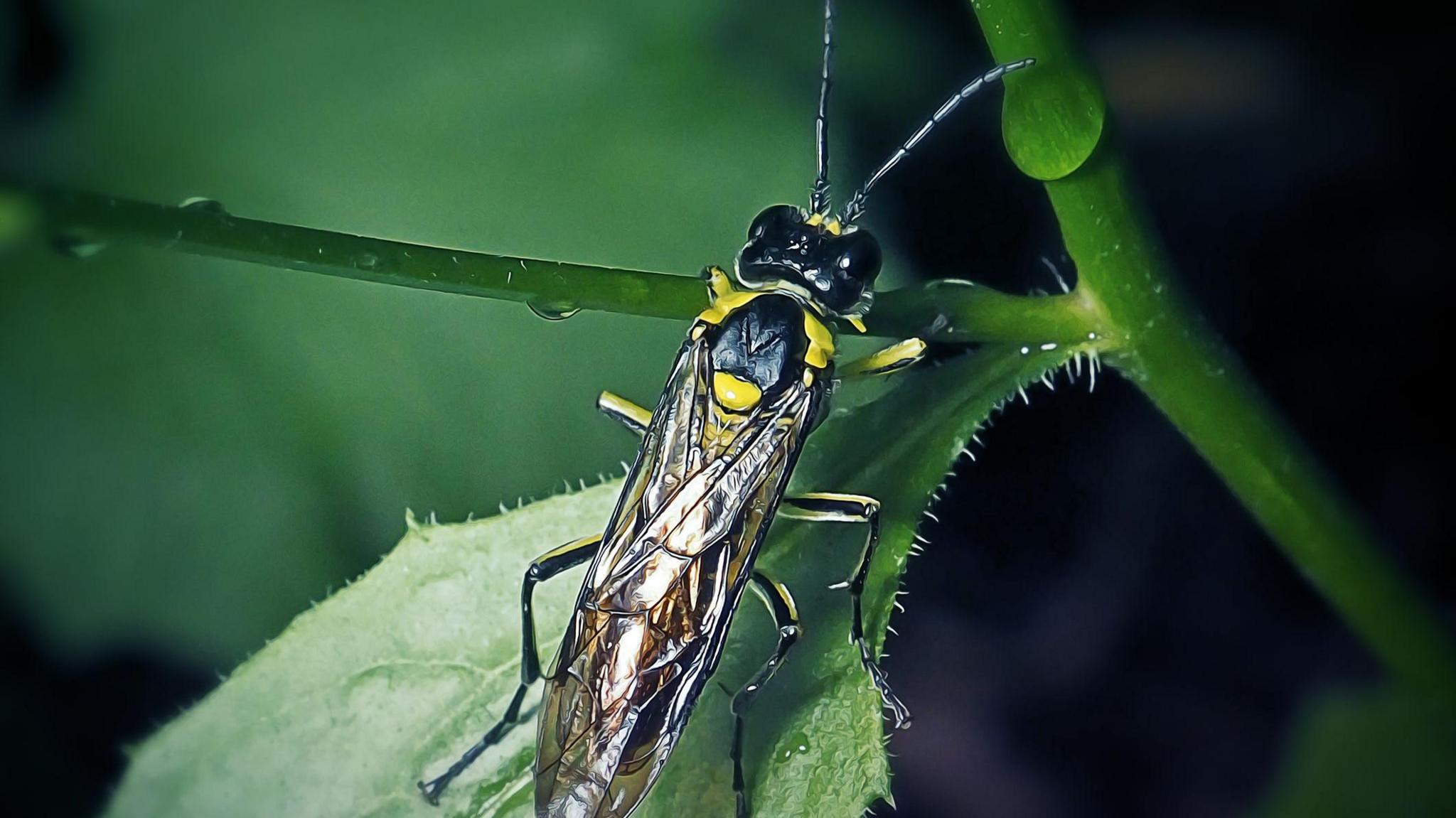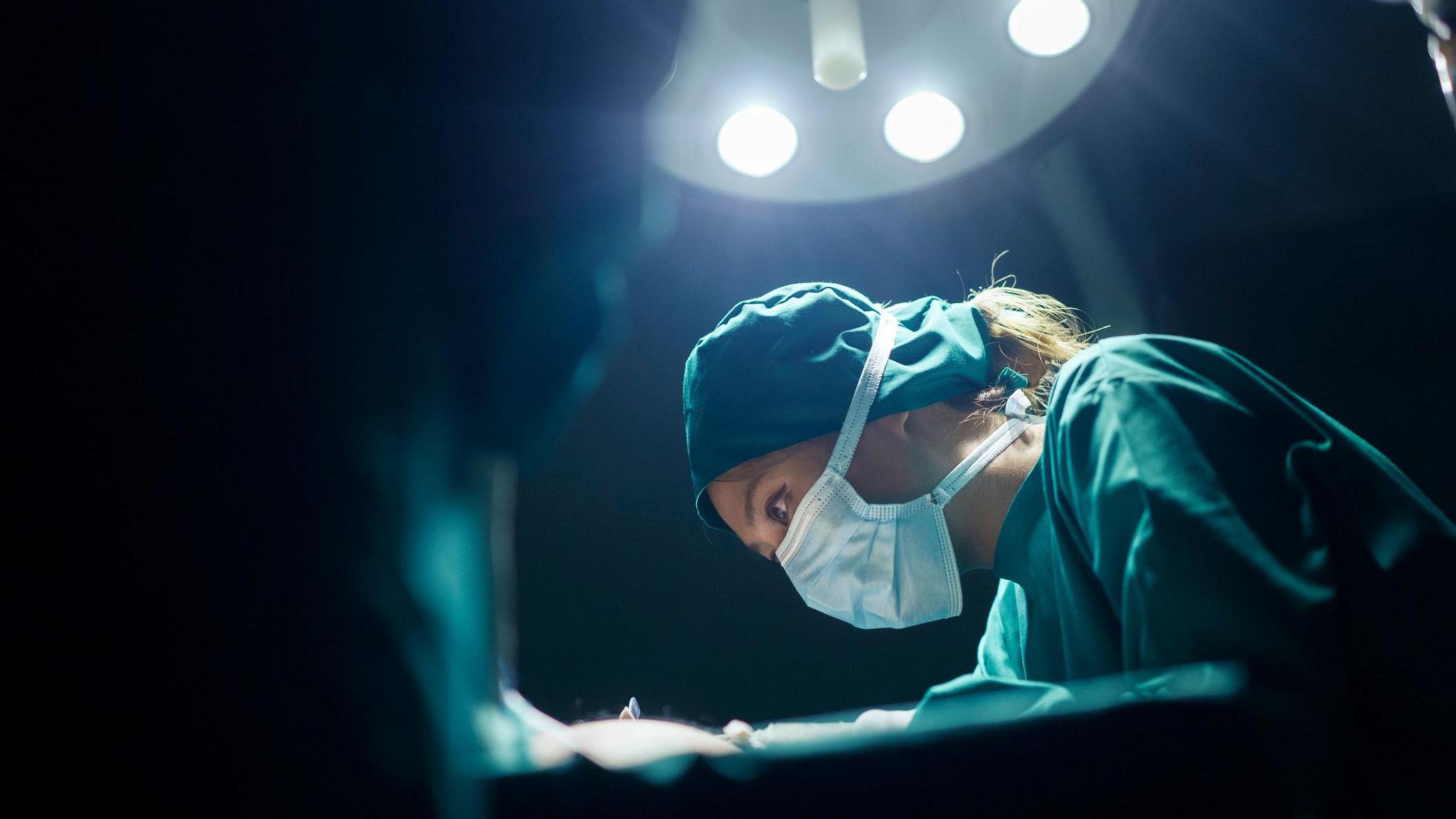How hospital surgeons could learn from flies

- Published
Sawflies are a wasp-like insect that cut into plants in order to lay their eggs there.
Researchers at Heriot-Watt University in Scotland have now been looking into how the female flies know how to make such specific cuts, that they don't kill or damage the plant.
The team found that sawfly's egg-laying organ - called an ovipositor - which acts like a saw, instinctively knows when to cut and when to push material aside.
They think this "remarkable" discovery could also be something that surgeons can learn from.
- Published20 July 2012
- Published24 June 2018
The study found that the sawflies could naturally select which material to cut, to avoid damaging the plant structure.
Dr Verdaguer Mallorqui said that this mean the fly's cutting mechanism "essentially thinks for itself", avoiding the plant's "tough internal 'plumbing' including the tubes that carry water and nutrients".
The researchers used advanced electron microscopy and 3D imaging to decode the precise geometry of sawflies' cutting teeth.
They discovered that they make small cuts which along with larger cuts help create the selective cutting action.
The scientists say the fly would have evolved to be able to this over millions of years, by "interacting with different material properties of the plant".
By making sure the plant stays alive it also helps the fly's eggs, serving as a food supply for the larvae coming out of the eggs.

To see how this knowledge could be able to help humans, the research team scaled up the sawfly's cutting mechanism 400 times and tested it on materials similar to human tissue.
They found that it works in a similar way on this also, and now want to work alongside surgeons to see what can be done.
Professor Marc Desmulliez explains: "This discovery has profound potential implications for surgical practice", "essentially giving surgeons a tool that helps prevent mistakes".
The research has been published in the journal Bioinspiration and Biomimetics.
